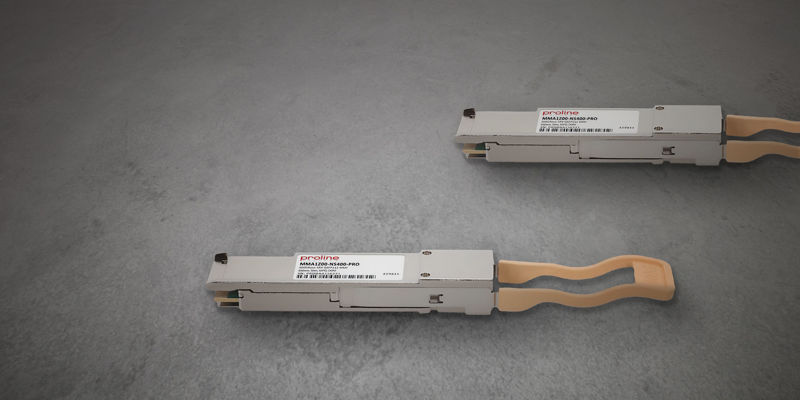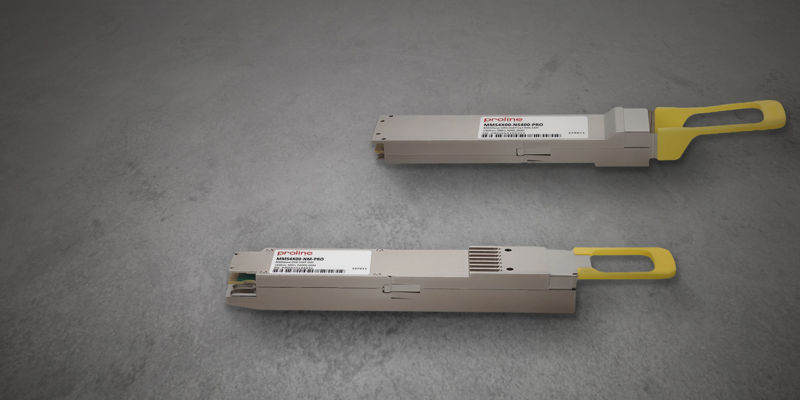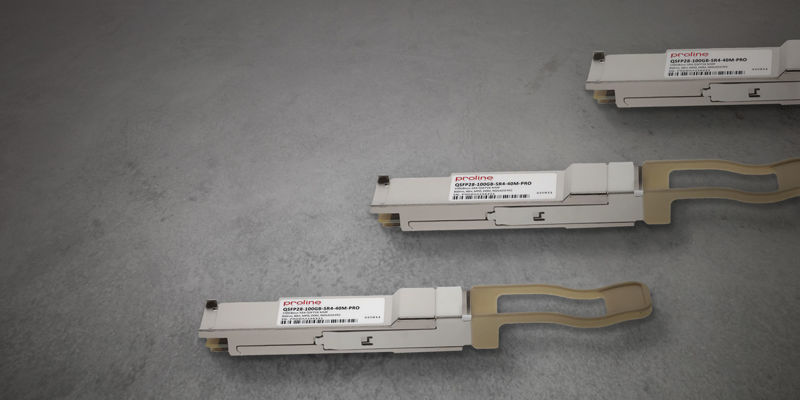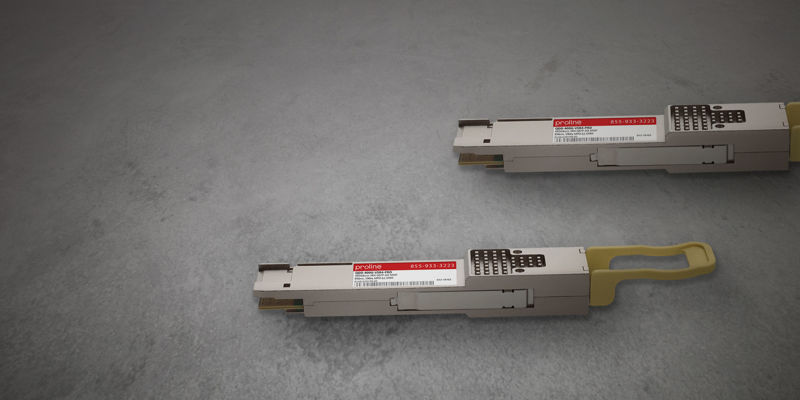Scaling data bandwidth and speeds to meet prospective consumer needs
With an exponential growth in data traffic comes an equally daunting increase in the data center fiber infrastructure requirements to support it. This insatiable hunger for faster network speeds and ever widening bandwidth capabilities highlights an ever-looming expandability concern for any data center or organization reliant on fiber optic network infrastructure.
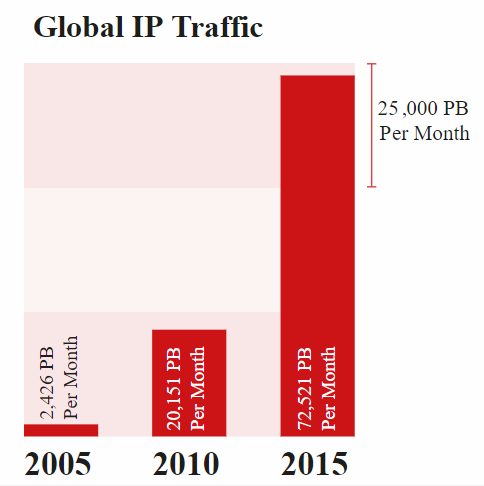 | Cisco predicted that monthly IP traffic would reach 25GB per capita by 2020, up from 10GB per capita in 2015. Future predictions indicate even more explosive growth is to come by 2025. Is your data center infrastructure prepared for the demands of the future? |
Enhance the power of your network while streamlining upgrade costs
If the thought of running additional fiber pairs begets cost and downtime concerns, then Wavelength Division Multiplexing (WDM) transceivers and multiplexers/demultiplexers are the answer.
Empowering you to be the hero of your data center expandability needs, WDM enables safe and secure transmission of multiple distinct data streams simultaneously over a single fiber.
Amplify the data transmission value of your existing fiber lines
With WDM transceivers, digging up those single fiber pairs or pleading with suppliers for expensive priority deployment are things of the past. Instead, utilizing WDM technology, you can bring swappable expandability in a pluggable format to your business.
What is Wavelength Division Multiplexing?
WDM enables a single fiber to carry multiple simultaneous data steams by transmitting them at different wavelengths of light; or in other words, as different colors. Implementation of WDM technology manages to be time efficient and cost effective as these upgrades install at the end(s) of your network infrastructure, rather than the fiber pairs connecting the ends. Since WDM’s wavelength segregation methodology does not rely on switches, firewalls, or other active equipment that can be compromised, this solution promotes additional operational security over independent segregated networks. | 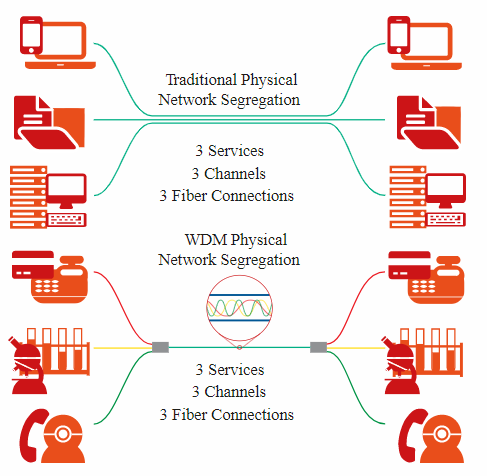 |
Fitting WDM to existing infrastructure
A WDM setup is typically built using:
- WDM transceivers operating at different wavelengths for transmitting/receiving
- Multiplexers/demultiplexers to blend or separate the signals from the transceivers
- Fiber infrastructure connecting each multiplexer/demultiplexer
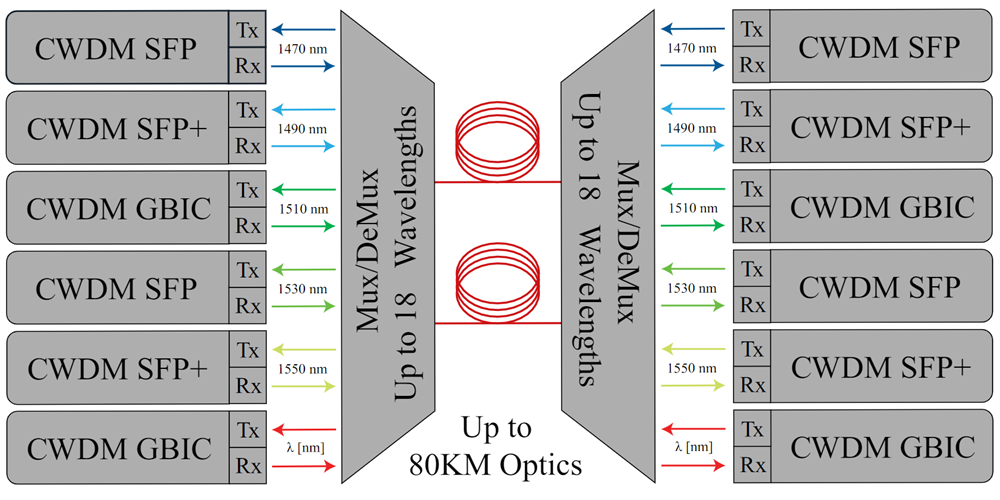 | Because WDM transceivers and multiplexers are generally installed in-rack at either end of your network, existing fiber pairs can be left in-wall, in-roof, or in-ground where they are. WDM upgrades the capabilities of your data center’s existing fiber infrastructure in a tremendous fashion, whether single mode or multi-mode fiber pairs are already in place. |
Coarse WDM vs. Dense WDM? Which do I need?
There are two types of WDM technologies available to fit any size data center infrastructure requirements: coarse and dense. Coarse WDM (CWDM) uses wider wavelength bands to allow up to 18 different wavelength signals to be transmitted simultaneously, whereas dense WDM (DWDM) utilizes narrower bands to support up to 160 distinct signals. Which option is right for your data center is highly dependent on your needs and existing infrastructure-specifically, what interfaces are available, the type of fiber (single- or multi-mode), and acceptable loss levels. WDM technology improves the value of a single fiber pair dramatically, making upgrading your data center’s bandwidth a breeze. | 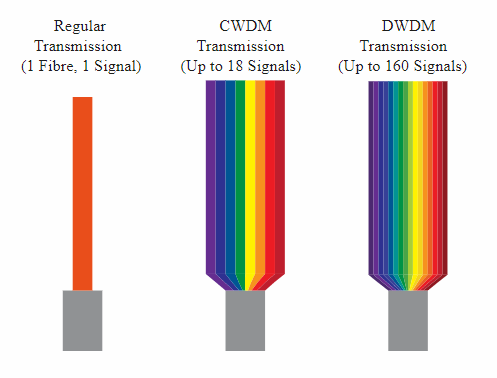 |
Our helpful and knowledgeable experts are happy to help with questions, support, or quotes/purchases.
To leverage Proline WDM transceivers and multiplexers to elevate your network, contact us today!
Your fiber optic solution is here
Explore the benefits of working with us. Get started today!
